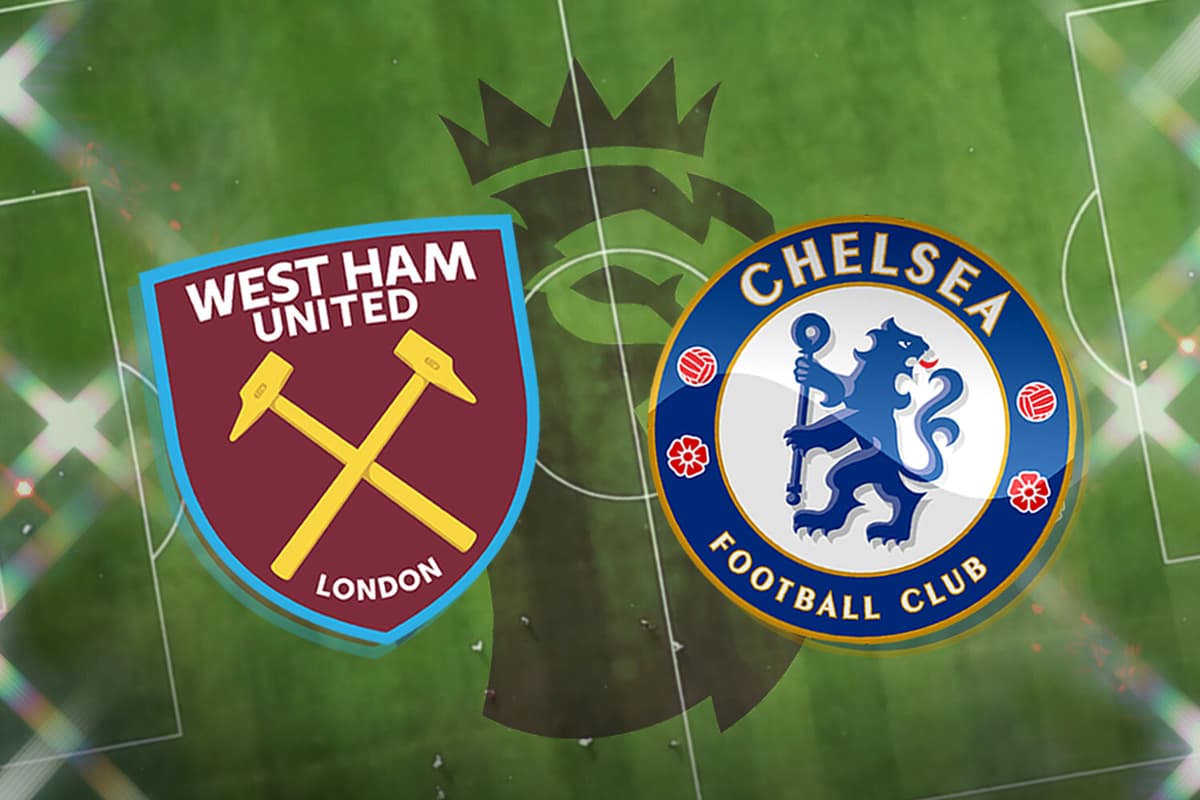BBC News, Manchester
 P.Louise
P.LouiseWhen Paige Louise Williams borrowed £20,000 from her nana to open her own beauty salon, she had high hopes albeit no business plan.
She left school with no qualifications and had recently quit her job on the MAC beauty counter to become a freelance make-up artist.
Fast forward 10 years and her beauty empire P.Louise has evolved into a household brand loved by millions around the world with a projected revenue of £138m this year.
“I hope that anyone that steps into my world realises that anything is possible,” said the 32-year-old entrepreneur, who grew up on a council estate in Droylsden in the Tameside area of Greater Manchester.
“Your background doesn’t define who you are.”
Paige started working in the beauty industry after dropping out of college where she was studying to become a children’s social worker.
Inspired by drag make-up, Paige built up a signature style of beauty that attracted a loyal and growing customer base.
It was at this time that she asked her nana, who was working as a part-time cleaner, for a loan to open her own salon in Prestwich.
Thankfully for Paige, her nana agreed – invested in every sense of the word in her granddaughter’s determination to succeed.
Paige had high hopes for the opening of P. Louise Makeup Academy in 2014 – but it did not quite turn out as she had expected.
“We served Lambrini in our little flutes but we only really had regulars turn up,” she said. “I’d expected this huge bang and it didn’t work.”
With the business struggling, Paige was forced to sell her car – but she refused to be beaten.
“I turned up every day, I knew I had rent to pay and I had my nana that couldn’t lose this funding that she’d given me,” she said.
“There was no way she was losing her house on the back of me following my dream.”
 P.Louise
P.LouisePaige’s early years had also been spent helping with her younger brothers while her mother worked to make ends meet.
This fuelled her drive and ambition further.
“I think my upbringing taught me that if you really put your mind to anything, that anything is possible,” she said.
“My mum had me at 15 years old and she showed me time and time again that she was doubted, she was never going to amount to nothing.
“She wanted to be a nurse. She got her degree and she showed me that with five children I can still be whoever I want to be.”
In order to keep the business going, Paige started offering make-up classes in the salon before hosting online courses for oversees clients.
“Live streaming was unheard of 10 years ago,” she said. “We was live streaming to thousands of people.
“I used to only charge £10 for these courses but we were doing them in mass and we had hashtags like #beansforlife because all of us was on the bread line.
“I still see hashtag #beansforlife in my comments.”
Her next business move was product development.
Paige had noticed there was a gap in the market after a product she loved was discontinued.
Her creation, now known as Rumour Base, was ranked number one eyeshadow base in the market by NikkieTutorials on YouTube – this was a turning point for the business.
Tiktok help
TikTok also played an instrumental role in her company’s growth.
“It was a random thought one day that I decided I wanted to do a TikTok shop,” she said.
“I didn’t realise it would be such a sensation which helped me fund what we have today.
“We started selling product off the hook and couldn’t keep anything in stock.”
Paige broke the UK record for the most revenue generated on TikTok Shop by a UK brand after earning more than £1.5m in just 12 hours in August 2024.
As her cosmetics line grew, the brand moved into an 8,000sq ft warehouse in Middleton. It has since relocated to a 36,000sq ft warehouse in Stockport, where it now has a store and a tourist-attraction cafe.
During the last financial year, Paige’s P.Louise brand made £71m.
In October, Paige will open her first retail store in the Trafford Palazzo in the Trafford Centre.
“I’ve got a lot of people who work for me who have never felt anywhere where they can truly be themselves, where it’s acceptable to come in in a tutu and wear fairy wings and be totally yourself,” she said.
“I know I’m not everyone’s cup of tea but I still show up every single day for my dreams and what I believe.”









